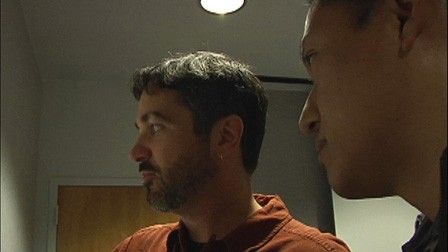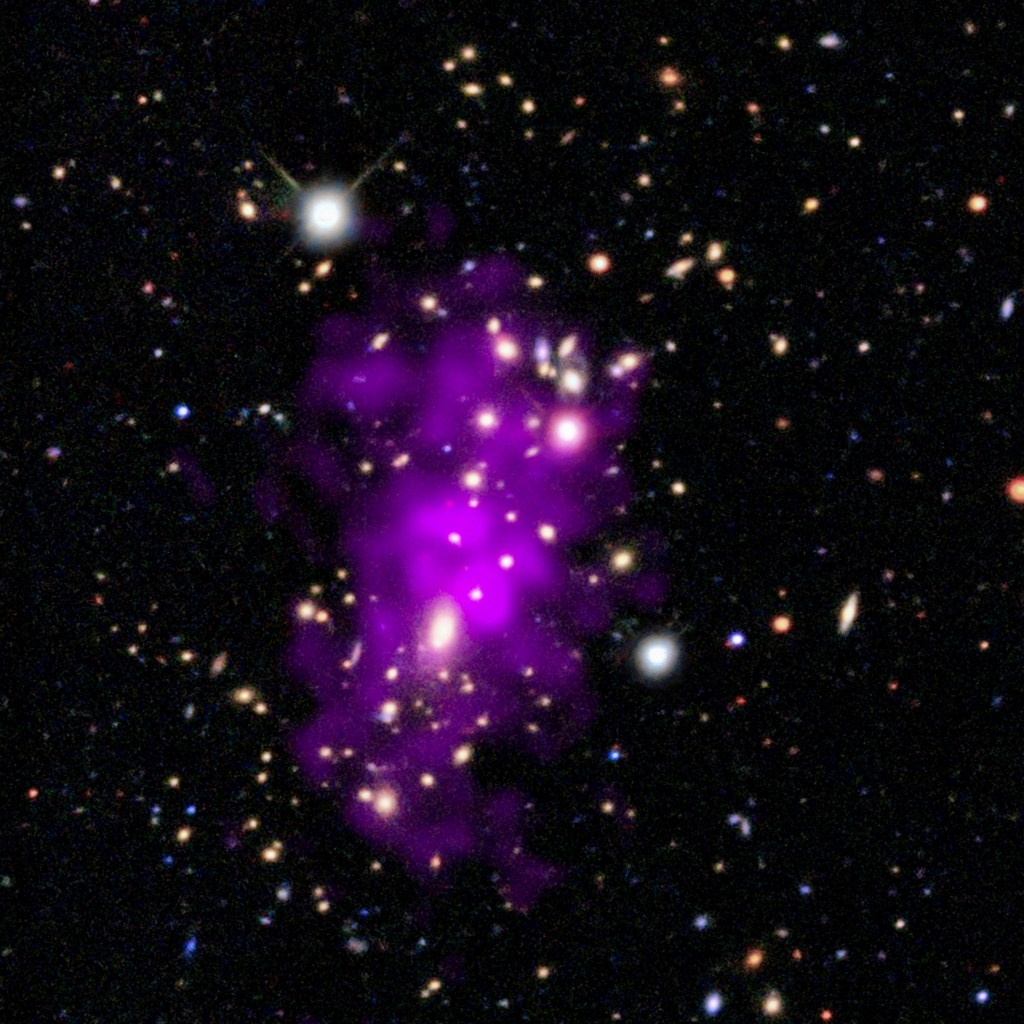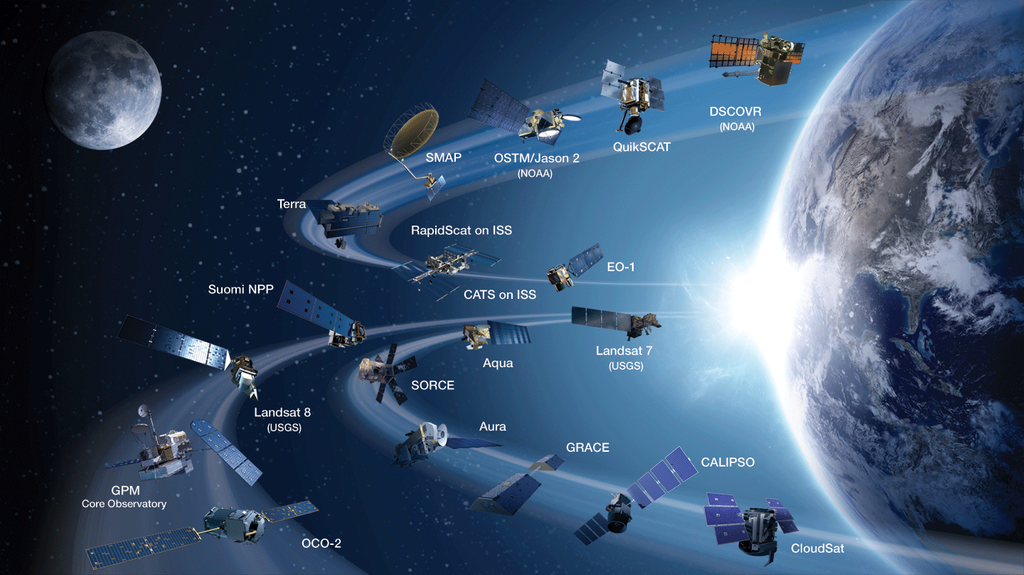1 min read
Astronomers Use a Secondary-Eclipse Technique to Study Planet’s Atmosphere
- Release DateDecember 9, 2008
- Science ReleaseHubble Finds Carbon Dioxide on an Extrasolar Planet
- Credit
Related Images & Videos

Artist's View of Exoplanet Orbiting the Star HD 189733
This is an artist's impression of the Jupiter-size extrasolar planet, HD 189733b, being eclipsed by its parent star. Astronomers using the Hubble Space Telescope have measured carbon dioxide and carbon monoxide in the planet's atmosphere. The planet is a "hot Jupiter," which is...

Illustration of Exoplanet Orbiting the Star HD 189733
This illustration shows the Jupiter-sized planet HD 189733b and its parent star. Hubble takes a spectrum of the star HD 189733 and the fully illuminated planet. By subtracting the star's spectrum from the combined spectrum, the spectrum of the planet is obtained. Astronomers now...

Carbon Dioxide Found on Planet Outside of Our Solar System
The Hubble Space Telescope detects the presence of carbon dioxide on a planet 63 light-years away. This discovery is the latest in a series of observations confirming the existence of chemical biotracers on planets outside of our solar system. Researchers involved with the...
Share
Details
Claire Andreoli
NASA’s Goddard Space Flight Center
Greenbelt, Maryland
claire.andreoli@nasa.gov






























